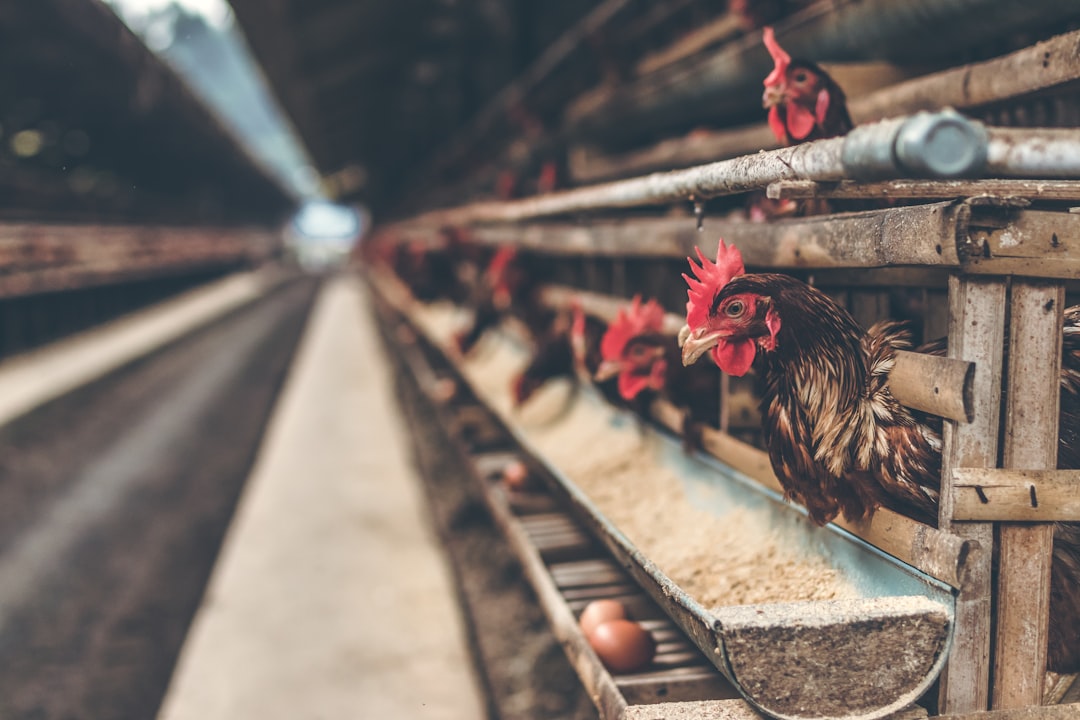Poultry production is a significant sector of the global food industry, providing essential protein sources for millions worldwide. However, it also poses environmental challenges, particularly in terms of waste management and resource efficiency. Effective strategies for managing poultry waste and optimizing resource use are crucial for reducing the environmental footprint of poultry farming. Here’s a comprehensive guide to achieving sustainability in poultry production.
1. Environmental Impact of Poultry Production
Poultry farming contributes to environmental concerns such as greenhouse gas emissions, ammonia pollution, and water contamination. Waste materials like poultry litter and manure contain pollutants that can lead to air, soil, and water contamination if not managed properly. The industry's reliance on resources such as water, feed, and energy also impacts its environmental sustainability.
2. Waste Management Strategies
Effective waste management is key to minimizing the environmental impact of poultry farming. Here are some strategies that can be implemented:
-
Proper Storage and Containment: Store poultry litter in leak-proof facilities to prevent nutrient runoff and minimize odors.
-
Composting: Convert poultry waste into nutrient-rich compost by mixing it with carbon-rich materials and maintaining optimal moisture and aeration levels.
-
Anaerobic Digestion: Use biodigesters to break down organic waste, producing biogas for energy and nutrient-rich digestate as fertilizer.
-
Incineration: Dispose of waste through controlled incineration, reducing volume and biosecurity risks.
3. Resource Efficiency
Improving resource efficiency is essential for sustainable poultry production. Key strategies include:
-
Water Management: Ensure continuous access to clean water while minimizing waste through efficient systems.
-
Feed Strategy: Optimize feed formulations to reduce waste and improve feed conversion ratios, minimizing resource consumption.
-
Energy Efficiency: Implement energy-saving technologies and practices to reduce energy consumption.
4. Technological Innovations and Best Practices
-
Data-Driven Farming: Utilize data analytics to optimize production processes, reducing waste and improving efficiency.
-
Nutrient Management Planning: Analyze soil and plant needs to ensure balanced nutrient application, preventing over-fertilization.
-
Sustainable Housing Systems: Adopt housing designs that enhance ventilation, reduce ammonia emissions, and promote bird welfare.
Conclusion
Reducing the environmental footprint of poultry production requires a multifaceted approach that includes effective waste management and resource efficiency strategies. By implementing these practices, poultry farmers can contribute to a more sustainable food system while maintaining profitability and meeting consumer demands for environmentally responsible products. Whether through composting, anaerobic digestion, or optimized resource use, every step towards sustainability counts in ensuring a healthier planet for future generations.
Citations:
- https://pubmed.ncbi.nlm.nih.gov/36368402/
- https://www.inciner8.com/blog/poultry-waste/effective-poultry-waste-management-strategies-for-handling-chicken-waste
- https://pmc.ncbi.nlm.nih.gov/articles/PMC10930834/
- https://www.chickencheck.in/faq/sustainability/
- https://www.bivatec.com/blog/5-creative-ways-to-use-your-poultry-farm-s-waste
- https://www.naturalremedy.com/blog/methods-to-improve-efficiency-in-poultry-farming/
- https://ab-neo.com/industry/poultry/environmental-pollution
- https://manuretofertilizer.com/how-to-manage-poultry-waste/
- https://bornaplus.com.tr/blog/optimizing-poultry-production-processes-a-guide-to-efficiency-and-sustainability/

Comments
No comments yet. Be the first to comment!
You must be logged in to comment. Login